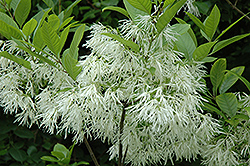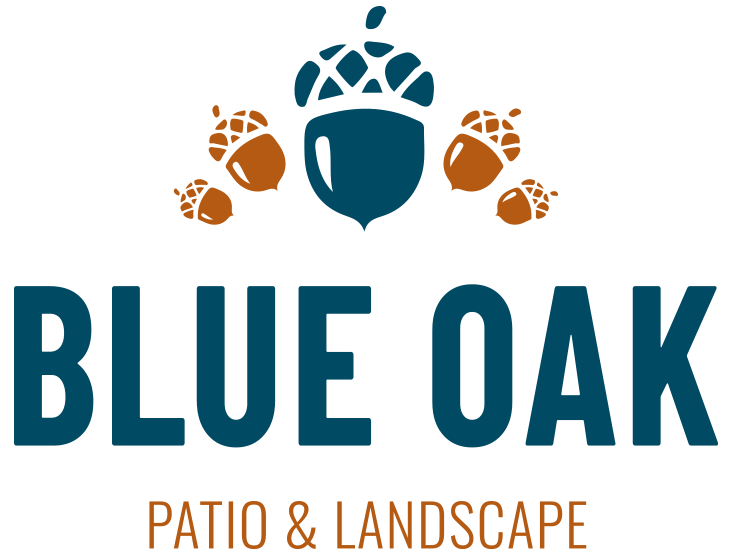
There has been a lot of hype around the term “native” in the horticultural world. In general, native plants already love our clay soil, they tolerate our wild temperature swings, and get by with whatever water our local skies provide. Often times, natives are also hardy in the sense that they don’t have many pest or disease issues (except for pests and diseases that are not native, but we’ll save that for another time!). Without further ado, here are 5 great native tree options.
Carolina Silverbell, Halesia tetraptera: This native has delicate white bell-shaped blooms that usually appear in mid spring. This small tree (30’-40 tall and 15’-30’ wide) likes full sun or part shade. Although it thrives in well-drained organic, rich, and slightly acidic soil, it can tolerate a range of soils. It would be best to amend your existing clay with some compost at the time of planting and fertilize with a soil acidifier (Espoma organic holly tone would work if you already have it on hand). Best of all, it is essentially pest and disease free!
Serviceberry, Amelandchier x grandiflora or Amelanchier laevis: This superb small tree (25’tall and 25’ wide) has a feathery white bloom in early spring. It tolerates full sun but thrives in part sun and can tolerate part shade. Naturally a multi-stemmed tree, trained single trunk options can be found in larger sizes. So what’s the superb part? Besides being a native, blooming in shady conditions, and having delicious edible fruits (they’re our native blueberry alternative), Serviceberries have great form and foliage texture and a smattering of oranges and red fall color. This is a three-season small tree with appetizing function to boot!
Eastern Redbud, Cercis canadensis: This little lady (25’ tall and 25’wide) can also be found as a single or multi stemmed tree. It has one of the longest bloom times for any tree! The blooms have a small lady’s slipper shape with a light purple color that completely blankets the canopy and sometimes even pops up on the trunk. Finding a natural stand of these in bloom is an amazing experience. When the blooms fade broad heart-shaped leaves emerge. There are so many great cultivars of this tree, most requiring part sun, I’m going to make a separate post about them at a later date. The only downside to this native is that it does not have a long life span, typically 25 years or so. I advise a Sunday drive throughout the Clintonville neighborhood or along the banks of the Scioto River – mid to late April – if you need any more convincing.

Fringetree, Chionanthus virginicus: Another small (15’ tall and 15’ wide) native that blooms in late spring. Narrow white petals drip from the branches and give off a sweet fragrance. It can tolerate full sun to part sun and I’ve even seen (and smelled) it in part shade. It has a nice broad leaf texture with yellow fall color. A very underused tree given its many features. A good specimen can be found behind the main downtown library in the (Seurat) Topiary Garden NW corner.
Dogwood, Cornus flordia: Another small tree, but this beauty needs some shade. Ideally, plant it in a place that receives morning sun and afternoon shade. There are many MANY cultivars of this tree, most with varying shades of white. There are also some varieties with some pretty interesting pink colorations. I’m partial to the Cherokee varieties, but you really can’t go wrong with any. This tree may drop its leaves early in the late summer/early fall if we have a dry hot summer, but they usually won’t go without first splashing your
